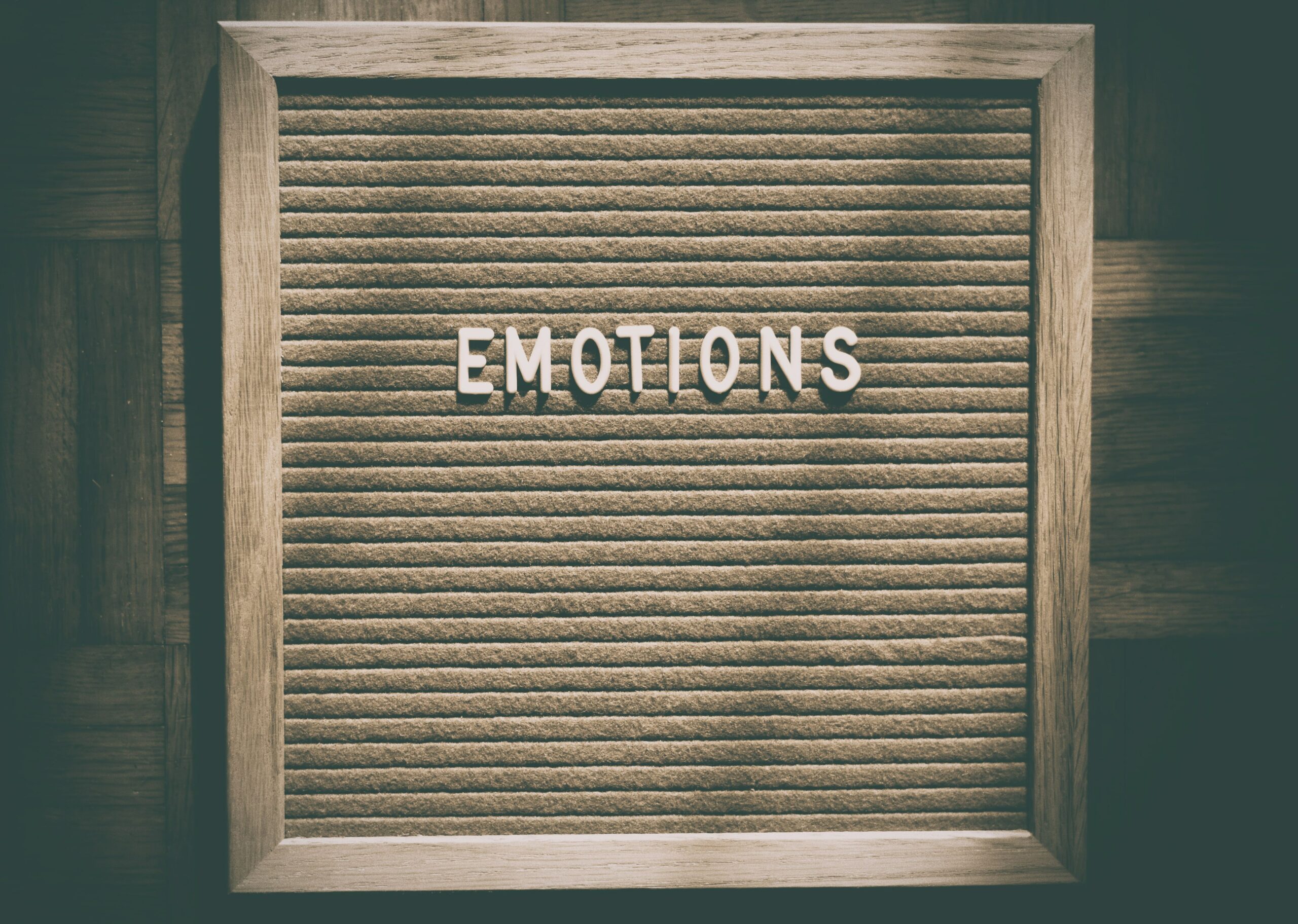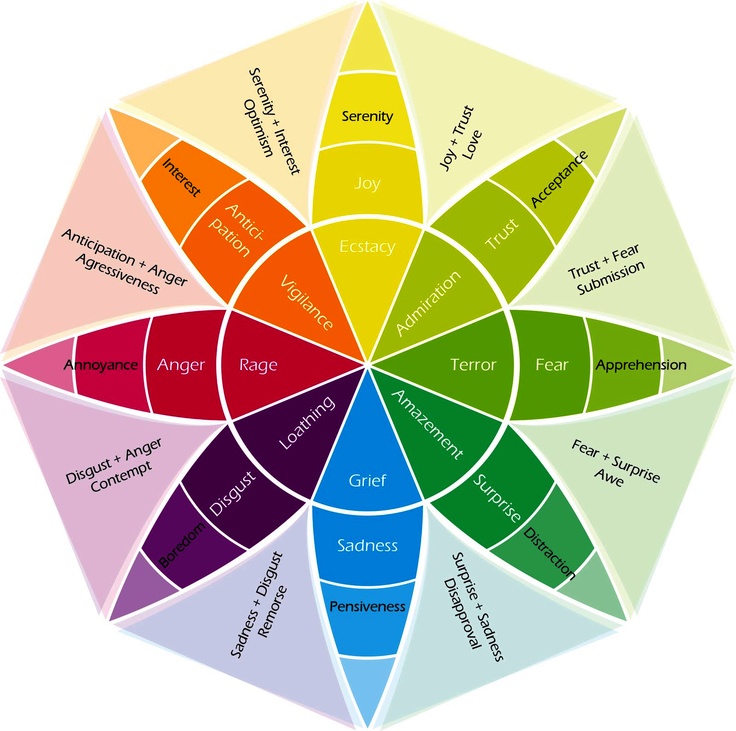Two years ago almost to the day (don’t you love the universal mystery of time?), I wrote this post.
And man was it an eye opener. So many things started shifting after that.
Have I gotten rid of all my anger? No, but I got rid of the parts that were standing in my way.
Emotions are there for a reason. They usually alert us that something is wrong, dangerous, out of balance, that we need to protect ourselves.
They happen when
- we step out of our comfort zones
- we enter new situations
- we meet new people
- our boundaries get trespassed
- our values are ignored
- our wishes are not met
- our triggers buttons get pressed
It is human to have a tendency to run with those emotions and for example have a fit or rage because someone trespassed our boundary. Because negative emotions zero in on what’s going on. They oblige us to really focus our awareness. And that might be very helpful when we’re trying to run away from a charging tiger.
We are not in those situations very often anymore. However, our limbic brain still seems to think so!
So instead, we need to learn to teach our brain to look at that emotion and see what exactly created it: is there really a tiger?
So let’s dig a little deeper.
Emotions are not the same as feelings.
Emotions are a more lower level response. Your first bodily/mental reaction to something. They happen in the amygdala and the prefrontal cortex, areas that are responsible for producing biochemical reactions that have a direct impact on your physical state: the fight or flight response. Emotions are what shoots out first. Emotions steer our physical cues such as blood flow, heart rate, brain activity, facial expressions, and body language.
Feelings on the other hand are our reactions to those emotions. They are more subjective and influenced by our personal experiences and interpretations. They happen in the neocortex and are all about how we respond to the emotions.
So let’s all think and be positive, right?
Wrong!
Negative emotions aren’t bad. They are actually useful.
How does one do that?
It is not easy, let me tell you that! But, like with anything, the more you practice it the better you get at it.
Everything always starts with awareness. Change cannot happen without it.
What helps me a lot when emotions are running away with me, is to apply the SBNRR method.
Last year I attended a two day workshop of the Search Inside Yourself Leadership Institute (SIY), a mindfulness program that was developed by Google for internal use, but it’s now offered to the public.
Here’s how that works:
-
- Stop. This is the most important step. Instead of becoming wrapped up in the emotion or making an impulse decision, just stop. Decide to take a moment.
- Breathe. Take a deep breath. This helps clear your mind, as well as helps physiologically calm down your brain.
- Notice. Notice what you’re experiencing on a moment to moment basis. What are you feeling in your body? What emotions are you experiencing? Is it static or is it changing? Does the emotion seem out of proportion compared to the trigger?
- Reflect. What’s causing the emotion? Is it the right response? Is a part of you feeling attacked, belittled or threatened? Is there a story to the experience you’re having?
- Respond. Think of all the different courses of actions you can take. Consider the kindest, most compassionate way to respond to the situation (even if you don’t take that path.) Finally, make a conscious decision on how to respond.
So to give you an idea of what that may look like in daily life, here is a list of some emotions/feelings and how they can look from the other side of the reflection mirror.
| NEGATIVE | POSITIVE |
|---|---|
| Struggle | Surrender |
| When something doesn’t go the way you want. When you struggle to get somewhere or something done. When you’re not finding the right thing (people/money/house/connection etc). | Surrender does not mean ‘give up’ or ‘give in’. It means allowing the Universe to run its course. Often something is not ready yet. Sometimes YOU are not ready yet. Something needs to happen before. Something needs to shift/change. Maybe you need to re-evaluate something. The energy shifts when you surrender. Things are allowed to flow, become effortless. And usuallly a door opens. |
| Anxiety | Anticipation |
| Anxiety is caused by stress. Because you feel out of control and don’t know what is going to happen. It is also usually a need that is not met. Anxiety keeps you at the surface of yourself. It’s far outside of yourself. It is normal to be anxious before certain events. It needs to be looked at when it turns into panic or a phobia or is a default response caused by past trauma. |
First, address the need that anxiety is flagging. What do you need right now? Usually it’s slowing down or being tender and gentle with yourself. Turn inward, zoom in to the real problem. Because you weren’t clear on what your needs were.
Then, instead of saying ‘I have to go to this event’ you may say ‘I get to go’. It gives a more hopeful, positive color to it. Remember an event you were looking forward to in the past (a big vacation). That is anticipation. Because you focused on all the good things and the excitement that were going to happen during that vacation. So turn your stressful event into an anticipatory one by finding all the potential good parts. The bad parts are equally unknown and hypothetical. So focus on the good ones you ‘get’ to experience. |
| Worry | Curiosity or Action |
| ‘Worry is like a swing. You keep moving but are not going anywhere’. Worrying about unpaid bills or a talk with your manager may be normal. But it’s all hypothetical. And if you’re always expecting the worst it’s not good for your health. | Besides looking at your worries and asking questions on how realistic they really are, you may also move towards either curiosity (staying open to all the potentially amazing things that can happen) or action (actually doing something about it like pay that bill and have that talk). |
| Fear | Love |
| Fear often originates in the limbic brain (fight or flight) which in our daily lives is rarely happening. Whenever fear ceases to be real it becomes psychological, ego-driven fear. The ego is that voice in your head, it’s that scared you that thinks it needs protection and wants to lash out. | The other side of fear is love. Fear serves a purpose. Don’t ignore it or try to repress it but give it a chair. Sit it down in the corner and thank it for being there and warning you, but tell it that you’ve got this. And then move to the other side of that mirror where there is love. If someone criticizes what you did, it’s not about you but about what you did. So show love towards yourself (and the other person) and say ‘interesting that you say that’ and analyse it together. If you react to something ask yourself if you are saying this from a place of love or fear. |
| Rush / Impatience | Savour / Slow down |
| Our world is fast paced. We need to move quickly. Or we are impatient to get to a certain place. All valid. However, impatience usually shows there is a certain discomfort. And rushing usually ends up creating a mess. | What discomfort are you trying to avoid? Why do you need to rush? Again, creating that awareness of what is really at the root of this. And then softening. Sitting with it. And looking at how you can slow down and savour this. |
| Insecurity | Trust |
| When you feel insecure in any situation it has always to do with you and your opinion of you. ‘No one can make you feel inferior without your consent’ said Eleanor Roosevelt. It is never about the other person or even the other person’s fault. So go to the root of that emotion/feeling. Where does it come from and how was it created? Why do you feel it now? Is it realistic? |
Insecurity is really a fear. Of not being good enough. The other side of that fear is love (see above).
The other side of insecurity is trust. Trust in the workings of the universe providing you with what you need when you need it. |
| Confusion | Presence |
| When something happens that you do not understand. When too many things happen at the same time. When you thought things were going in one direction and then they don’t. When you get mixed or confusing signals. When things are not clear. When you are not clear. | Confusion lacks clarity. Clarity can only be obtained by tuning in to yourself, by simply being present and listening. So when you are confused, stop everything and breathe, sit down and be present. Things usually clear up when you focus on being present, here, now. |
Are there any other emotions (feelings) that you are experiencing or struggling with right now?
Let me know in the comments below or via email.


